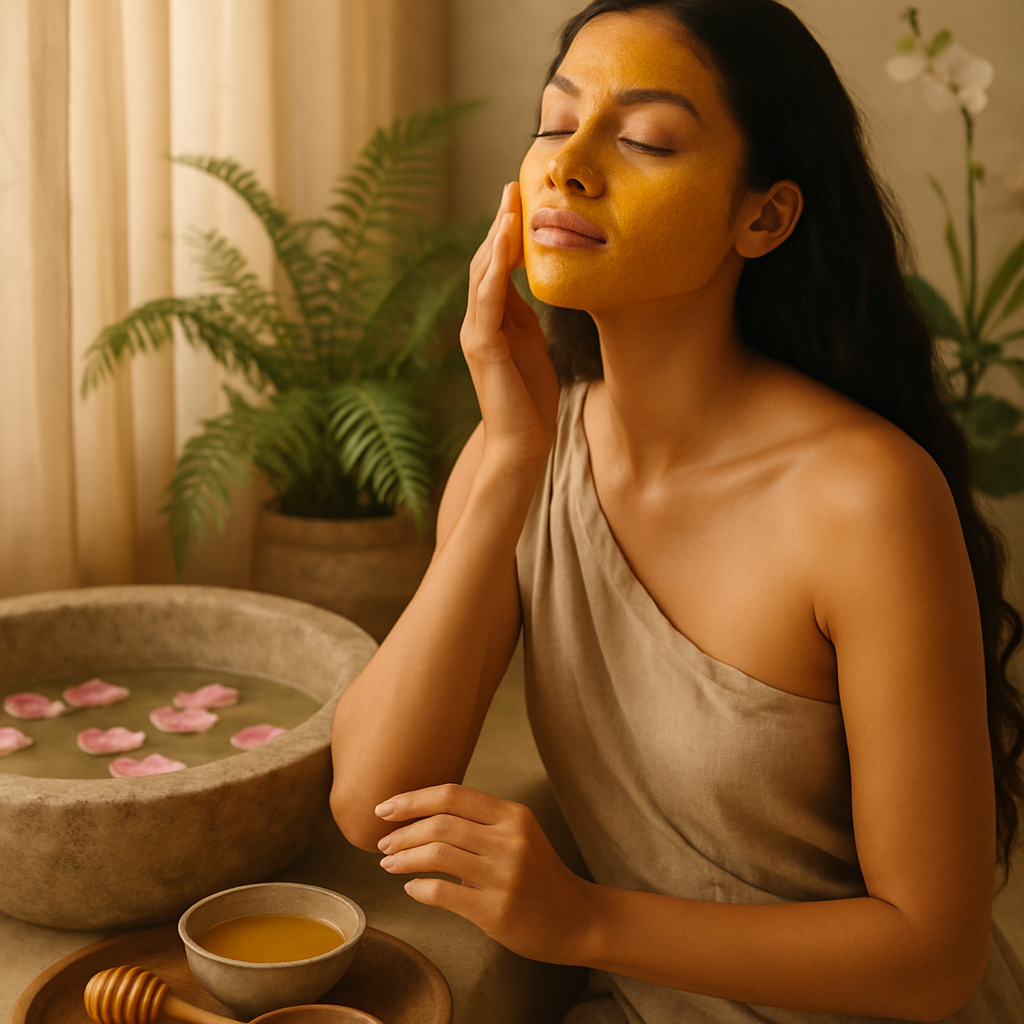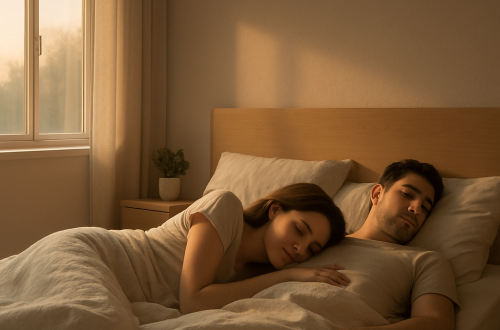Unlocking the Secret Benefits of Ancient Beauty Rituals

It seems like the whispers of ancient beauty secrets have made their way back into the modern world, and honestly, it’s about time. There’s something inherently fascinating about the way people used to approach beauty. The simplicity, the intuitive connection to nature, the slow rituals that seem almost meditative by today’s standards. And I can’t help but wonder if we’ve been overcomplicating things in our quest for perfection, when maybe the answers were staring us in the face all along wrapped in a seaweed mask or a honey bath, perhaps?
There’s a certain charm in the way ancient civilizations, from the Egyptians to the Greeks, embraced their beauty routines. Cleopatra, with her infamous milk baths, or the Greeks with their obsession with olive oil these weren’t just about looking good, but feeling good too. You know what they say, “Beauty is only skin deep,” but I’d argue it’s a bit deeper than that. It’s about cultivating a sense of well-being that radiates outward. And maybe that’s why these rituals have stood the test of time.
Ancient Rituals and Their Modern Relevance
Consider the age-old practice of oiling. It might sound a bit messy (and it can be, trust me), but oiling has been a staple in many cultures for a reason. The Indian tradition of Abhyanga, which involves self-massage with warm oils, is not just about nourishing the skin. It’s a holistic practice that’s said to balance body and mind, promote detoxification, and improve circulation. And here’s a little secret: I gave it a go one winter, using sesame oil, and not only did it save my dry skin, but it also became this lovely, calming ritual before bed.
Now, some might scoff and say it’s just oil, but Ayurveda has been around for over 5,000 years. It might be onto something. There’s this comforting sense that you’re not just slathering on a product; you’re engaging in a practice that generations before you have trusted and cherished. Oils like jojoba and almond have made their way into mainstream beauty products, and for good reason they mimic the skin’s natural oils and are incredibly nourishing.
Speaking of nourishment, honey is another ancient gem that’s been sweetening up beauty routines for centuries. The Greeks, Egyptians, and even the Romans recognized honey’s incredible antibacterial properties. I remember reading about a study in the Journal of Cosmetic Dermatology that highlighted honey’s ability to improve skin’s moisture levels and reduce inflammation. I’ve tried a honey mask a few times something about smearing it on my face feels like a sticky indulgence, but my skin always thanks me afterward.
The Simplicity of Ingredients
I think there’s something to be said about the simplicity of the ingredients used in these ancient rituals. Take rose water for example. It’s been used since the time of the Persian Empire, primarily for its anti-inflammatory properties. I had this bottle of rose water toner in my bathroom cabinet (the lovely, refreshing kind), and on particularly tiring days, a spritz of it felt like a mini-vacation for my face. Plus, the scent is just so comforting.
But here’s where things get interesting. Modern science is catching up with these age-old practices, and the findings are often too compelling to ignore. Recent studies like those by Dr. Janet Hsiao, a dermatologist who specializes in ethnobotany, have shown that rose water can help reduce acne and improve skin hydration. It’s like the past and present are in this beautiful dance, exchanging notes and learning from each other.
And let’s talk a bit about clay masks, which have been around since time immemorial. Bentonite clay, in particular, has been used by Indigenous cultures for its ability to draw out impurities. There’s something quite grounding about applying a clay mask; it’s like reverting to a more primal state of being. I tried it once on a whim after a rather exhausting week, and the ritual of applying, waiting, and washing off felt like a cleanse for the soul as much as for the skin.
Rediscovering Ancient Wisdom
Maybe it’s just me, but I feel like there’s this growing hunger for authenticity in beauty people are tired of the endless aisles of products promising miracle results. Ancient beauty rituals offer this authenticity, and reconnecting with them can be a bit of a balm for our overstimulated lives.
Take turmeric, for instance. Known as the golden spice, it has been an integral part of Indian beauty routines for centuries. It’s reputed for its anti-inflammatory and antioxidant properties. Back in college, my roommate Priya swore by turmeric masks, and while we all teased her about ending up with a yellow face, she always had this incredible glow afterward. Over time, I began to see why she was so devoted to it. Mix it with a bit of yogurt, and it’s a perfect remedy for dull skin.
There’s something deeply satisfying about concocting your own beauty treatments, using ingredients that have been lovingly passed down through generations. It’s like cooking from a family recipe book. Maybe the end result isn’t always perfect (I’ve had my fair share of turmeric-stained towels), but the process feels incredibly rewarding. And sometimes, the pursuit of beauty isn’t about transformation, but about embracing and enhancing what you already possess.
Every now and then, my skepticism creeps in are these rituals really as potent as they claim, or are we just nostalgic for a more mindful time? But then I remember those moments, those days when a simple oil massage or a clay mask felt like a small act of rebellion against the noise of the world. And perhaps that’s the real beauty of it all. Not just in the results, but in the act of slowing down, of cherishing the ritual itself.
As we find our way through the maze of modern beauty, maybe it’s worth glancing back at the path already traveled. Ancient beauty rituals remind us that sometimes, less is more, and that the best secrets are the ones that have been whispered through the ages. So next time you reach for that fancy serum, perhaps consider the humble jar of honey sitting in your pantry in its simplicity, it holds a wealth of wisdom. And maybe, just maybe, that’s exactly what we need.


